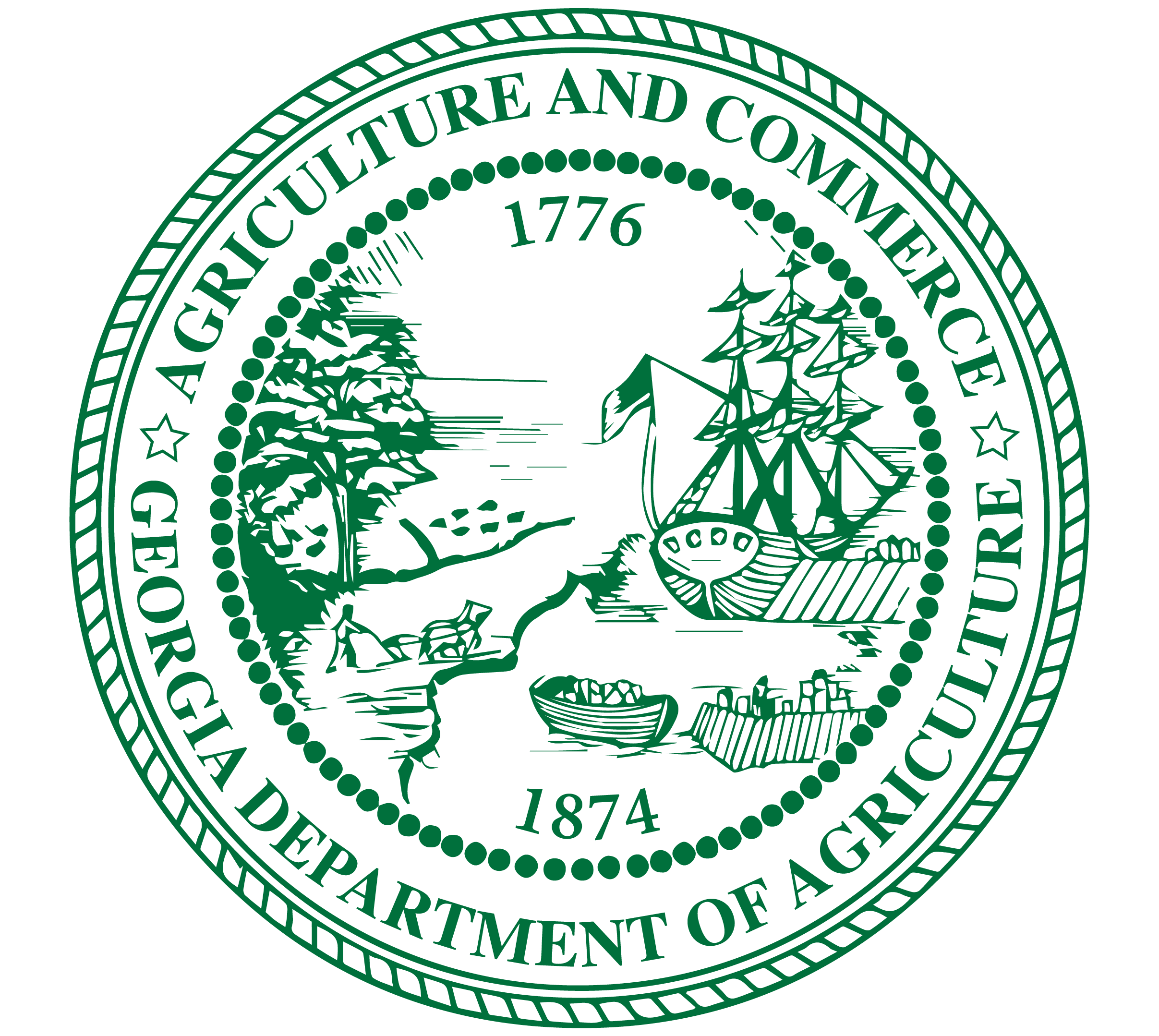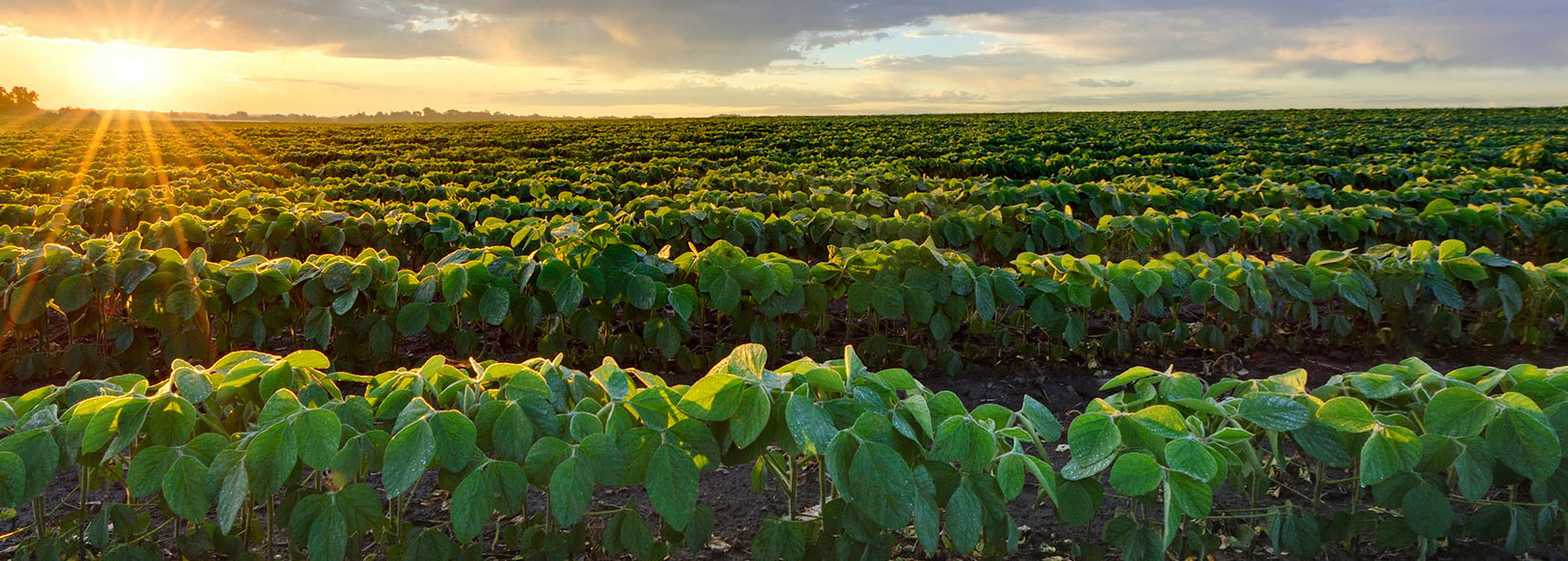Biosecurity Begins with You
The cornerstone of protecting agriculture and food begins with preparations on the home front. Georgia livestock producers are encouraged to develop a written plan that protects their livestock from exposure to infectious and contagious animal diseases, and shields their farm from deliberate tampering.
Basic biosecurity practices not only reduce the chance of introducing animal diseases, but may also increase the value of the animals at market time. The following guidelines are intended to assist livestock owners and managers in reducing the risk to a disease outbreak or to possible food contamination. Additionally, adhering to biosecurity principles will assist in containing a disease outbreak or food contaminant and minimize the economic loss to the operation. While local, state, and federal officials have regulatory responsibilities for agricultural and food emergencies, livestock producers and their veterinary practitioners have the primary role in preventing and minimizing the consequences of agricultural or food emergencies on their farm.
The following biosecurity guidelines are recommended for Georgia’s livestock producers:
Isolation
- Isolate any additions to the herd/flock for 4 weeks as well as animals returning from exhibitions. Inspect livestock daily for symptoms of disease. Most disease problems are brought onto the farm through new additions and contact with other livestock; therefore, their isolation and observation are integral to disease containment.
- Select an isolation area at sufficient distance to prevent cross contamination of resident livestock - at least 50 ft. for air-borne diseases.
- Insure that water run-off does not contaminate common areas
- Beware that insects, vehicles, personnel, equipment, pets and other animals can mechanically spread disease
Sanitation
- Clean and disinfect all equipment and clothing before allowing entrance.
- Transport livestock in conveyances that have been cleaned and disinfected.
- Use freshly laundered or disposable coveralls, and cleaned/disinfected boots or disposable booties for individuals coming into contact with animals or areas where animals are fed, worked, or related products are stored.
Animal Health
- Maintain on-farm records of animal identification (ear tags - electronic or manual, brands, tattoos, micro-chips, USDA identification, or other permanent markings, etc.). Participate in the National Animal Identification System by applying for and receiving a premises identification number.
- Maintain animal health records, including:
- Name, date, manufacturer, and lot numbers of vaccines and other medications administered to each animal
- History of purchases with premises identification number, individual identification, arrival dates, housing location, and isolation periods
- Sources for feed, hay, and animal health products
- Pasture groupings and contact herd/flock records
- Work with your veterinarian to conduct a risk assessment for common livestock diseases.
- Insure that vaccinations are current and a parasite control plan is in place
- Isolate sick animals immediately and notify your veterinarian
- Have your veterinarian perform a postmortem examination on livestock that die of unknown causes.
- Have a transportation plan for moving deceased livestock to a veterinary diagnostic laboratory
- Isolate all livestock that have been exposed in the previous 30 days to the dead animal until a diagnosis can be confirmed. Do not commingle livestock in isolation
- Follow your veterinarian’s recommendations for isolation, diagnostic testing, and treatment regimens
- Develop a carcass disposal plan that includes approved burial sites, transportation routes, and/or composting or incineration facilities. Adhere to the requirements of the Georgia Dead Animal Disposal Act available at www.agr.georgia.gov, Animal Industry Division, Animal Industry Rules and Regulations, Chapter 40-13-5.
Security and Emergency Preparedness
- Map your livestock facilities:
- Show adjacent fields, roads, and structures and indicate traffic patterns
- Label all buildings including barns, poultry houses, milking parlors, greenhouses, nurseries, shops, outbuildings, silos, grain bins, chemical and fertilizer storage, manure storage and pits, and livestock working facilities
- Indicate other livestock and poultry species and their locations and numbers
- Show septic tanks, cisterns, ditches, culverts, water hydrants, streams, ponds, wetlands, and wells
- Indicate gates, fences, and bridges as well as width and weight restrictions
- Maintain a posted list of emergency contact names and numbers that includes:
- Name and Address of Owner, Manager, and Employees
- Your Veterinarian
- State Veterinarian’s Offices (404) 656-3667 or 1-800-282-5852, ext. 3667
- USDA Area Veterinarian in Charge (770) 922-7860 (24/7)
- Georgia Emergency Management Agency 1-800-TRY-GEMA (24/7)
- Veterinary Diagnostic Laboratories - Athens (706) 542-5568, Tifton (229) 386-3340
- Police or Sheriff, Fire Department, or Call 911 if Available
- Ambulance or Call 911 if Available
- Livestock Transport Company
- County Extension Agent
- Chemical Suppliers
- Feed Suppliers
- Vehicle/ Equipment Dealers
- Insurance Agent
- Neighbors and Relatives
- Hospital
- Personal Physician
- Poison Control
- Gas Company
- Electric Company
- Educate employees to be alert for signs of possible tampering with crops, livestock, supplies, equipment, and facilities.
- Secure your facility by trimming vegetation to increase visibility, maintaining fences, posting "no trespassing" signs, installing security lighting, and locking buildings, milk tanks, vehicles, and gates.
These Livestock Biosecurity Guidelines were developed by the Georgia Department of Agriculture as part of a Cooperative Agreement with the United States Department of Agriculture, Veterinary Services. 9/27/2006.


